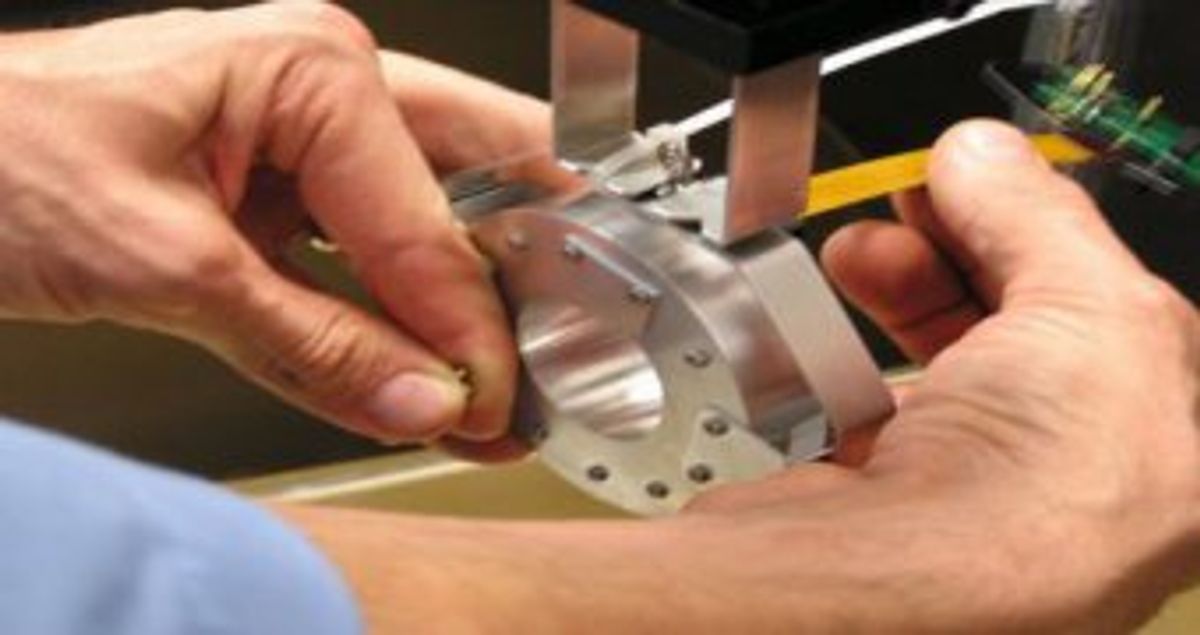Given their leading role in most behavioral experiments, rodents shoulder an incredible burden in biomedical research. And the weight of their contribution just got heavier—250 grams heavier.
That's how much the "RatCAP" weighs, a new, mini PET scanner designed for rats to wear around their heads. A group of engineers at Brookhaven Laboratory, in New York developed the RatCAP as a way to collect images of the rat brain while the animal is in motion. The group, led by physicist, Paul Vaska, published test results from the scanner this month in the journal Nature Methods.
Positron emission tomography (PET) is a powerful way for neuroscientists to construct 3D functional maps of brain activity. A scanner works by detecting gamma ray emissions through the skull of an animal (or person) after it has been injected with a molecule tagged by a radioisotope-or tracer. The kind of information you get depends on what molecule you tag. For example, glucose gives an image of where metabolism is occurring, and researchers often use it to create a general map of brain activity.
Other miniature PET scanners have existed before the RatCAP (such as the microPET), but, as with human scanners, each requires that the animal stay motionless and prostrate. The only way to keep a rat still is to anesthetize it. But by doing this, you alter the animal's brain chemistry just as you're trying to measure it.
Furthermore, having to knock the animal out severely limits the kinds of experiments researchers can do. One of the main advantages of PET is that it provides real-time images of brain chemistry over a lengthy period of time, theoretically allowing scientists to match up changes in behavioral activity with changes in brain activity. If the animal is asleep for the whole thing, it's a bit of a waste.
Although the RatCAP doesn't exactly look comfortable, rats can walk around while wearing it. For many behavioral experiments, that's all the rat really needs to do.
As a feat of engineering, it's also pretty incredible. The group managed to scale everything down to a donut shaped ring that weighs only 250 grams and has a diameter of 80 mm with only one ribbon cable snaking out the back.
Even so, 250 grams is nearly half the weight of an adult rat. To help it out, the group suspended the scanner to a support system with springs. The device slips around the rat's head and locks into place, but a platform above the rat carries most of the weight.
Vaska and his colleagues tested the scanner on a rat as it walked and looked around and say they could get as good of a spatial resolution with the RatCAP as they could with other small scanners. The results they published were the first PET images from a conscious and mobile rat.



